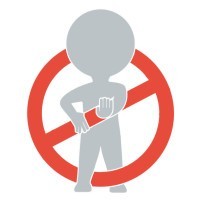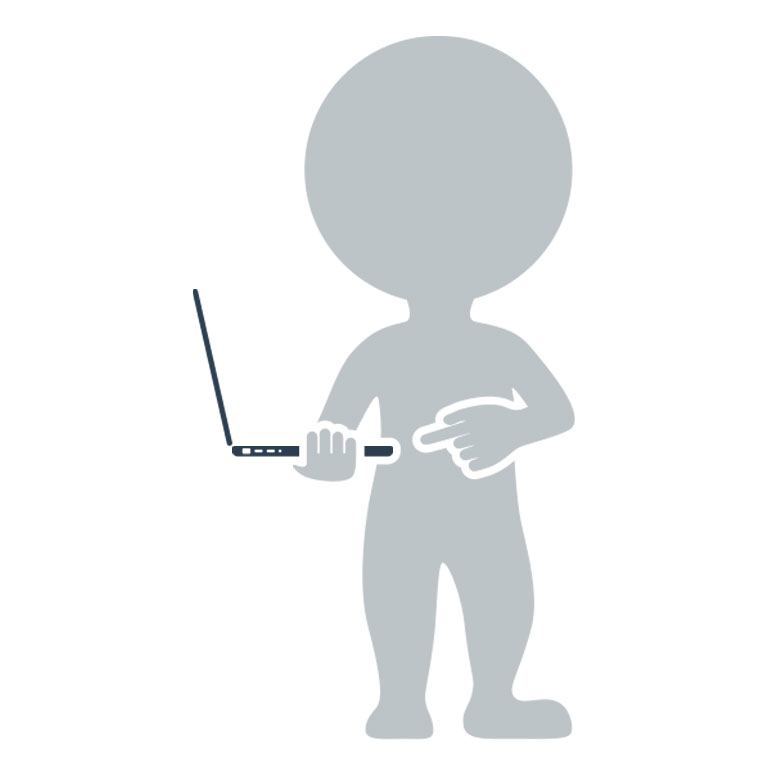There’s a wonderful article at Smashing Magazine by Bradd Shorr entitled Five Copywriting Errors That Can Ruin a Company’s Website. Although geared toward more of a geek crowd there’s quite a bit for orchestra professionals to benefit from so to that end, I’m going to highlight some of Shorr’s points within the context of our field.
Error #1: Writing Inwardly
Having worked in-house for many years, I’ve fell victim to the inward-focus syndrome on many occasions. It’s easy to do. You spend all day dealing with the intricacies of your products and services… A typical Web page written about the machine would be 80% features and 20% benefits. However, if I were writing it, I’d budget 50 words on the features, 100 words on the benefits and 150 words on the experience.
Brad Shorr; Five Copywriting Errors That Can Ruin A Company’s Website, June 29th, 2011, smashingmagazine.com
Shorr also provides a few tips for reaching the 50/100/150 goal, all of which translate nicely to the orchestra field.
Shorr Tip #1
Setting a “word budget” forces discipline. Not only that, it relieves the anxiety over having to determine how to approach each individual product page, thus eliminating one of the biggest causes of delay in Web development projects.
Orchestra Application
Excellent advice when it comes to crafting concert event details. As patrons flip from one event to the next, having a tidy, consistent content display increases time spent on page and makes it easier for users to find and internalize content.
Shorr Tip #2
Focusing on the experience forces you to think about the target audience of the page in question. The experience I described speaks to an operations person. If my audience is made up of C-level executives or purchasing agents, then I would need to describe a completely different experience. If I’m writing for all three audiences, I may have to rethink my word budget. In any event, having an audience in mind prevents a Web page from devolving into that cursed, watered-down, “everything for everyone” messaging that says absolutely nothing.
Orchestra Application
Substitute “watered-down” for “dumbed-down” and you’ve summed up one of the most challenging dilemmas faced by orchestra marketing professionals. Take the time to sit down with artistic admin colleagues during season planning to help clarify the intent of each series and/or single event. From there, create one or two of what Shorr describes as “word budgets” to help set parameters for copy writing. Granted that’s more time consuming than relying on a tried and true style guide chocked full of five dollar words favored by doctoral candidates, but it will be worth the effort.
Shorr Tip #3
The purpose of a high-level page is to get people interested in the product. Once they’re interested, they may crave more information about features and benefits. Perfect. Tell the long version of your story on a detail-heavy product sub-page.
Companies need not neglect features and benefits; they just need to suppress the urge to hit visitors over the head with them the minute they walk through the door.
Orchestra Application
Something to consider here that will allow you to add content without adding words to the primary copy is the use of content display devices such as toggles. For example, consider the term Rondo; here’s a toggle:
Rondo
BTW, if you don’t have these content display devices available with your website, then you need to switch to Venture.
Error #2: Burying The Lead
Websites are a poor medium for subtlety. Online marketers like to sneer at newspapers, but we can learn a lot from print journalists. For instance, they don’t bury the lead. To illustrate, here are a few leads I recently pulled from the Wall Street Journal: 1) “Companies cranked up hiring in April to the fastest pace in five years…” 2) “European markets snapped a three-session losing streak as gains in the banking sector and better-than-expected US jobs data for April sparked a rally.” 3) “Women may have fared better than men during the recession, but they are not making up lost ground as fast as men in the recovery.” Now look at your Web pages. How do your leads stack up? Are you leading with the main point? Are you giving visitors a reason to read further?
Brad Shorr; Five Copywriting Errors That Can Ruin A Company’s Website, June 29th, 2011, smashingmagazine.com
This point is pretty self evident but one of the tricks when writing copy for an orchestra website is properly identifying the lead to begin with. So before you jump into the event description, take a step back and figure out one or more potential leads.
Lastly, Shorr recommend highlighting your lead in a bold font but this can cut both ways if you have concert details such as soloists, repertoire, etc. that needs to be highlighted via font weight in a separate list on the event page. Consequently, consider additional callout options that don’t detract from the use of bold font weight
Error #5: Weak Or No Calls To Action
Yes, we skipped over Errors #3 and #4 but you can catch those at the original article.
Assuming that you’ve written a brilliantly persuasive page, it’s still next to worthless without a strong call to action (CTA). It’s flat out wrong to assume that visitors will be so inspired by your brilliant copy that they will pick up the phone and call, or fill out an online form and beg you to contact them… Unfortunately, the calls to action on business websites often seem like afterthoughts: vague, lame and boring. Remember: customers want to be led.
Brad Shorr; Five Copywriting Errors That Can Ruin A Company’s Website, June 29th, 2011, smashingmagazine.com
Fortunately for orchestra websites, there aren’t many calls to action beyond buying a ticket, making a donation, or filling out a subscription form (newsletter or ticket).
 I bang my head against my desk during the orchestra website reviews every time I run across a site that has a plain text ticket purchase link buried somewhere on a concert event page. And take my word for it; it happens more often than you might think. Instead, make the action buttons obvious right up to, but not crossing over, the point of being overbearing.
I bang my head against my desk during the orchestra website reviews every time I run across a site that has a plain text ticket purchase link buried somewhere on a concert event page. And take my word for it; it happens more often than you might think. Instead, make the action buttons obvious right up to, but not crossing over, the point of being overbearing.
Lastly, don’t be afraid to break out of the “Buy Ticket” mold when it comes to crafting call to action button text by expanding it into a phrase. After all, if you’re going with a larger design element as a vehicle for the call to action anyway, you’ll have plenty of space.
You might even consider using different text on different event pages (especially special events). So long as you aren’t using an actual fixed image with no customizable text overlay as your call to action button (and you shouldn’t) this should be a very straightforward task. Here are some fun examples I’ve picked up over the years:
- Get A Piece of this concert: Buy Now.
- Go ahead, you know you want it: Buy a Ticket.
- Why listen when you can experience: Get Your Ticket.
- Get Inspired: Buy a Ticket
- Try it. You’ll Like it.
- Show me the seats.
- Find the seat with my name on it.
- Buy Your Tickets. Be Happy.
- Begin Your Journey: Buy a Ticket
- Create Your Perfect Evening.



Unexpect Yourself
And then there’s that.
Great points Drew. On point number one I have heard the term “ego-centric copy” as something to stay away from.
I would guess that in many orchestra offices that are understaffed and over-worked, it is an easy trap to fall into – getting wrapped up in the daily grind and disproportionally reflecting that in the organization’s PR.
That certainly is the case in some offices. Having time to sit back and take a long, productive look at all of this within the context of their organization is (unfortunately) a luxury.
…which emphasizes the need for consultants. 😉